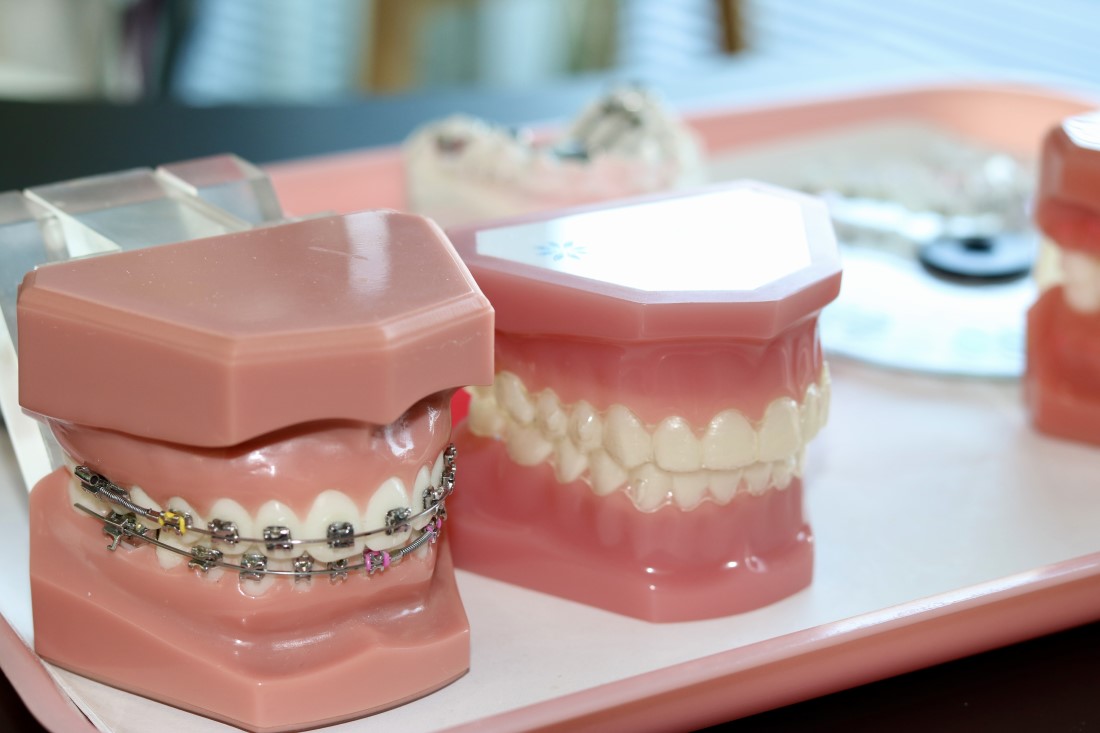Accessing quality orthodontic care should never be limited by cost. Whether you’re considering braces, clear aligners, or sleep apnea-related orthodontic treatment, understanding insurance coverage and financing options can help you manage expenses and ensure you receive the care you need.
This guide explains the various ways patients in Phoenix, AZ can make orthodontic treatment affordable, including dental insurance coverage, flexible payment plans, and alternative financial strategies.
Why Understanding Orthodontic Costs Matters
Orthodontic treatment can involve a significant investment due to the specialized care, appliances, and ongoing monitoring required. Knowing what to expect financially helps patients plan ahead and reduces stress while pursuing care.
Factors that affect orthodontic costs include:
-
Type of treatment: Traditional braces, clear aligners, or oral appliances vary in cost.
-
Length of treatment: Longer treatment plans may involve more appointments and adjustments.
-
Insurance coverage: Dental or medical insurance may cover part of the cost depending on your policy.
-
Out-of-pocket payment options: Down payments and monthly installments can make treatment manageable.
-
In-house membership or financing programs: Many practices offer plans for uninsured or underinsured patients.

How Insurance Can Help Cover Orthodontic Treatment
Dental insurance is often the first line of support for managing the cost of orthodontic care. While coverage varies by plan, most insurance policies provide partial reimbursement for orthodontic services.
Types of Insurance That May Cover Orthodontics
-
Dental Insurance: Many plans include orthodontic benefits for children and sometimes adults. Coverage can include braces, aligners, or other corrective devices.
-
Health Insurance: Certain medically necessary treatments, such as appliances for airway issues or sleep apnea, may be partially covered.
-
Flexible Spending Accounts (FSA) or Health Savings Accounts (HSA): These tax-advantaged accounts can be used to pay for qualified orthodontic expenses, reducing your overall cost.
Understanding Common Coverage Structures
-
Lifetime Maximums: Many plans offer a set dollar amount for orthodontic treatment per patient, often around $1,500–$2,000.
-
Age Limits: Coverage for orthodontics may be restricted to dependents under a certain age.
-
Coinsurance or Copayments: Even with coverage, patients may pay a portion of treatment costs.
-
Waiting Periods: Some plans require waiting periods before benefits apply.
Tips for Maximizing Insurance Benefits
-
Review Your Plan Carefully
Understand your coverage limits, exclusions, and whether certain appliances or procedures are included. -
Obtain Pre-Treatment Estimates
Have your orthodontic office submit a pre-treatment estimate to your insurance provider to clarify coverage and expected out-of-pocket costs. -
Coordinate with Medical Providers if Needed
For treatments related to medical conditions like sleep apnea, collaborating with a physician can help qualify for medical coverage. -
Use Tax-Advantaged Accounts
FSAs or HSAs can be used for down payments, monthly installments, or certain treatment costs, reducing the financial burden.
Flexible Payment Plans for Orthodontic Care
Even with insurance, many patients face out-of-pocket expenses. Flexible payment plans make orthodontic care accessible to more families and individuals.
What Payment Plans Offer
-
0% Interest Financing: Pay over time without additional interest charges.
-
Low Down Payments: Reduce upfront costs to begin treatment immediately.
-
Monthly Installments: Spread payments over the duration of treatment, often 12–36 months.
-
In-House Membership Plans: For patients without insurance, these programs may bundle preventive visits or discounts on appliances.
Advantages of Payment Plans
-
Make treatment predictable and manageable.
-
Reduce the need to pay large sums upfront.
-
Avoid high-interest loans or credit cards.
-
Ensure patients can access consistent, high-quality care.
Special Considerations for Medically Necessary Orthodontic Treatment
Orthodontics for conditions like sleep apnea or severe bite misalignment may qualify for medical coverage, offering additional financial benefits.
-
Medical Necessity: If treatment is recommended for airway improvement, it may be partially covered by health insurance.
-
Collaboration with Physicians: Coordinating with a medical specialist can strengthen claims for insurance reimbursement.
-
Long-Term Savings: Early orthodontic intervention may reduce future healthcare costs by preventing complications from untreated conditions.
How to Access Affordable Orthodontic Care in Phoenix, AZ
If cost is a concern, there are multiple ways to access care:
-
Free or Low-Cost Consultations
Many practices offer complimentary evaluations to review treatment options and costs. -
Sliding-Scale Clinics and Charitable Programs
Community organizations may provide financial assistance for qualifying patients. -
Negotiated Payment Plans
Speak with the orthodontic office about custom payment schedules to match your budget.
Frequently Asked Questions
Q: Does insurance cover adult orthodontic treatment?
A: Some plans offer partial coverage for adults, but it varies by policy. Medically necessary treatment is more likely to be covered.
Q: Can FSAs or HSAs be used for orthodontics?
A: Yes, qualified expenses including appliances and treatment fees may be paid with pre-tax funds.
Q: What if I have no insurance?
A: Many practices provide in-house financing, sliding-scale payments, or membership plans to make care affordable.
Q: How do I know if a payment plan is right for me?
A: Discuss your budget, treatment timeline, and interest options with the orthodontic office to select the most suitable plan.
Why Planning for Orthodontic Costs Is Important
Understanding insurance coverage and financing options ensures that you can access treatment without undue stress. It allows you to focus on achieving the best outcomes for your oral health, airway management, and overall well-being.
Final Thoughts
Orthodontic treatment is an investment in health, comfort, and confidence. With proper planning, insurance navigation, and flexible financing, it is possible to make treatment affordable without compromising quality. By exploring available options, Phoenix residents can move forward with treatment that improves smiles, promotes healthy breathing, and supports long-term oral health.